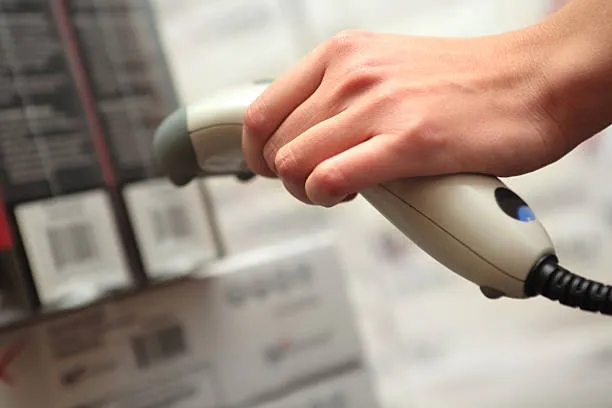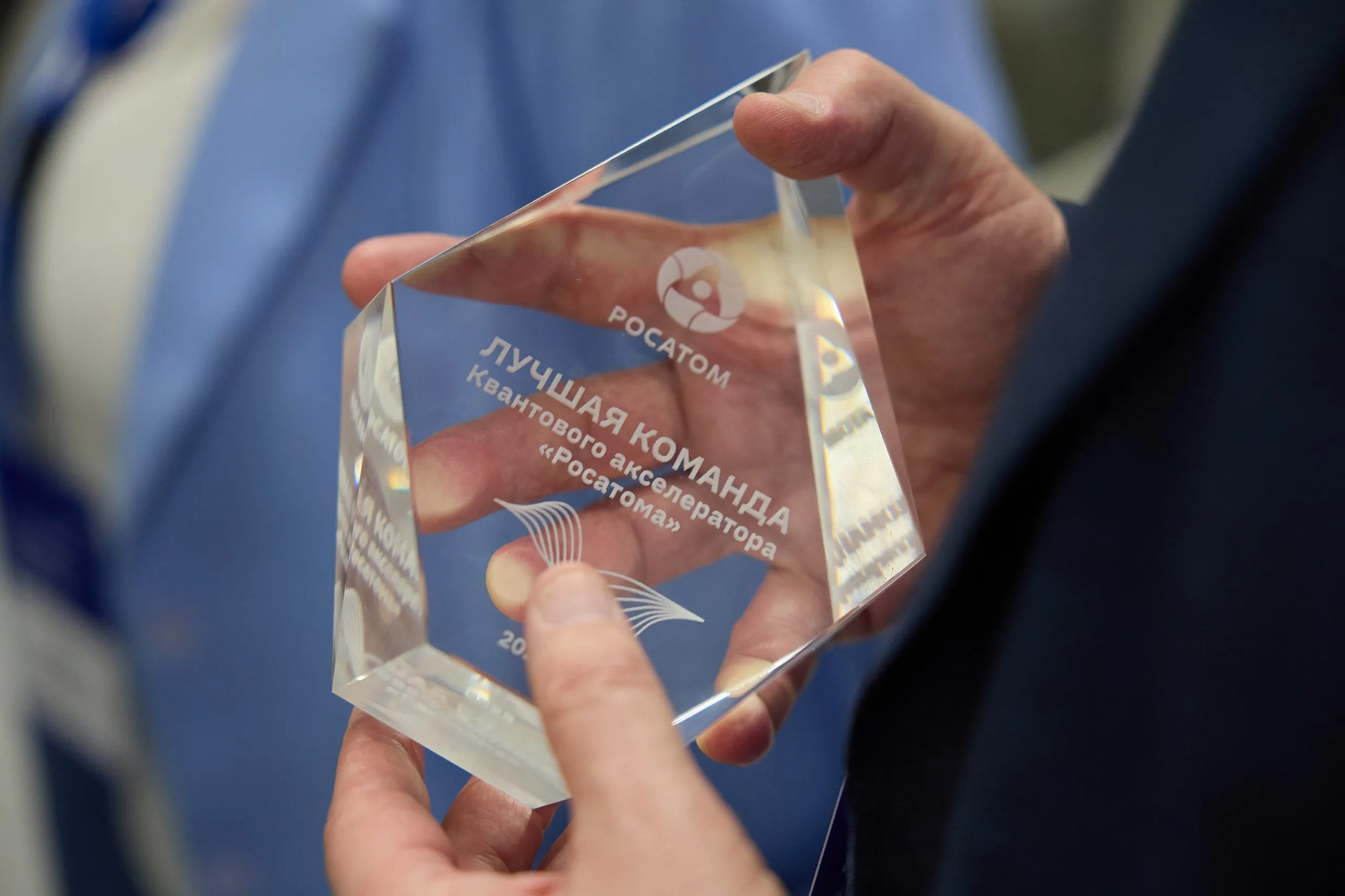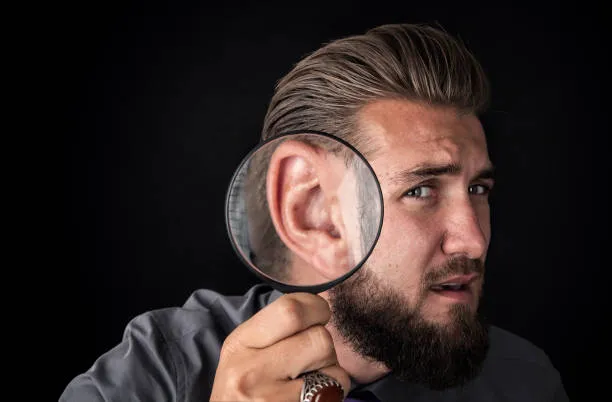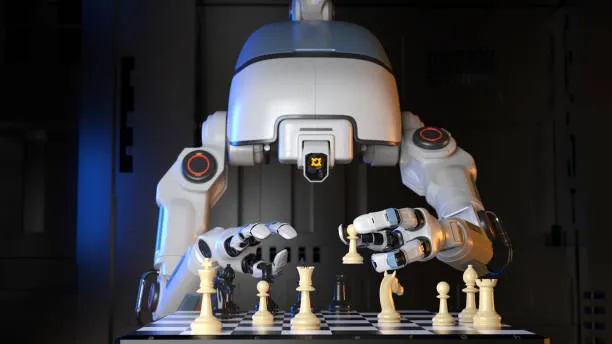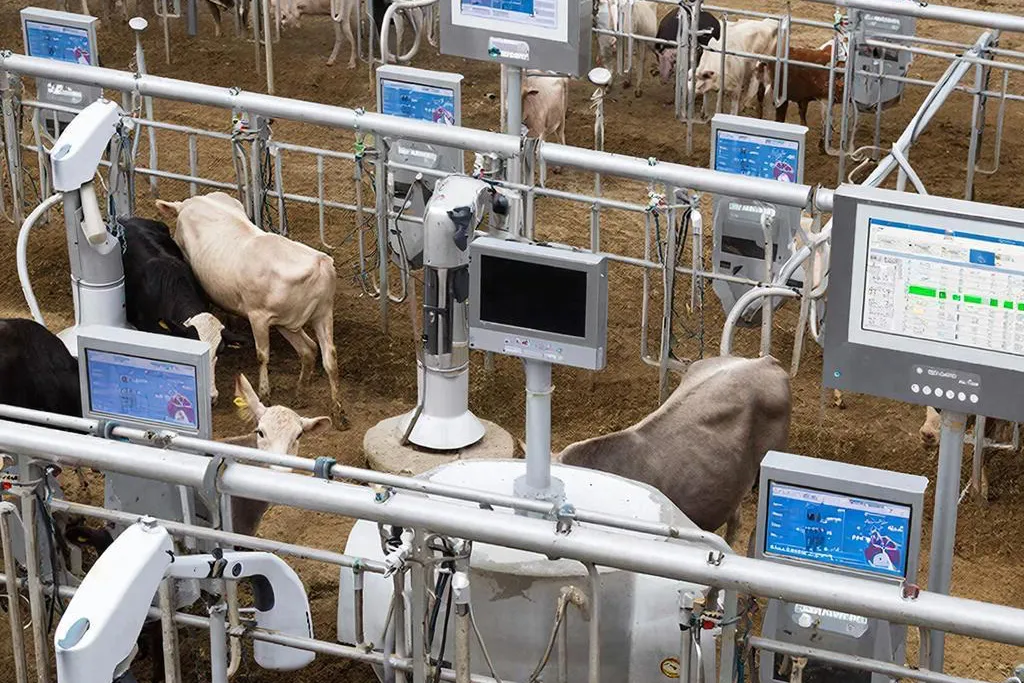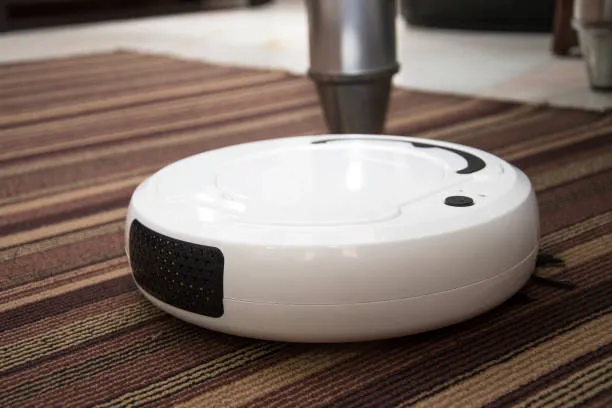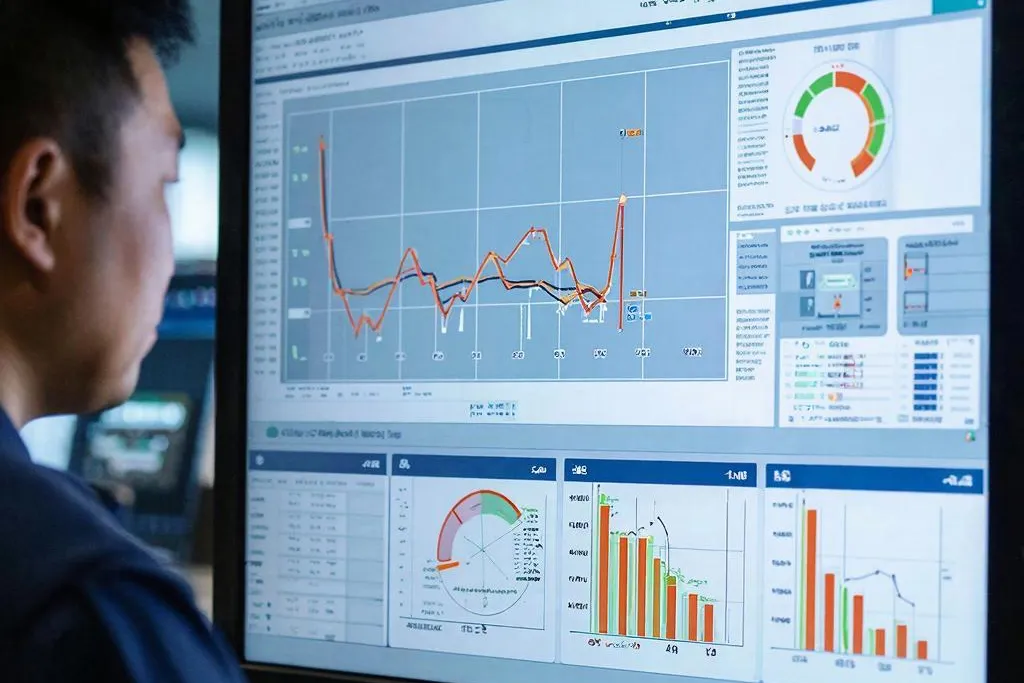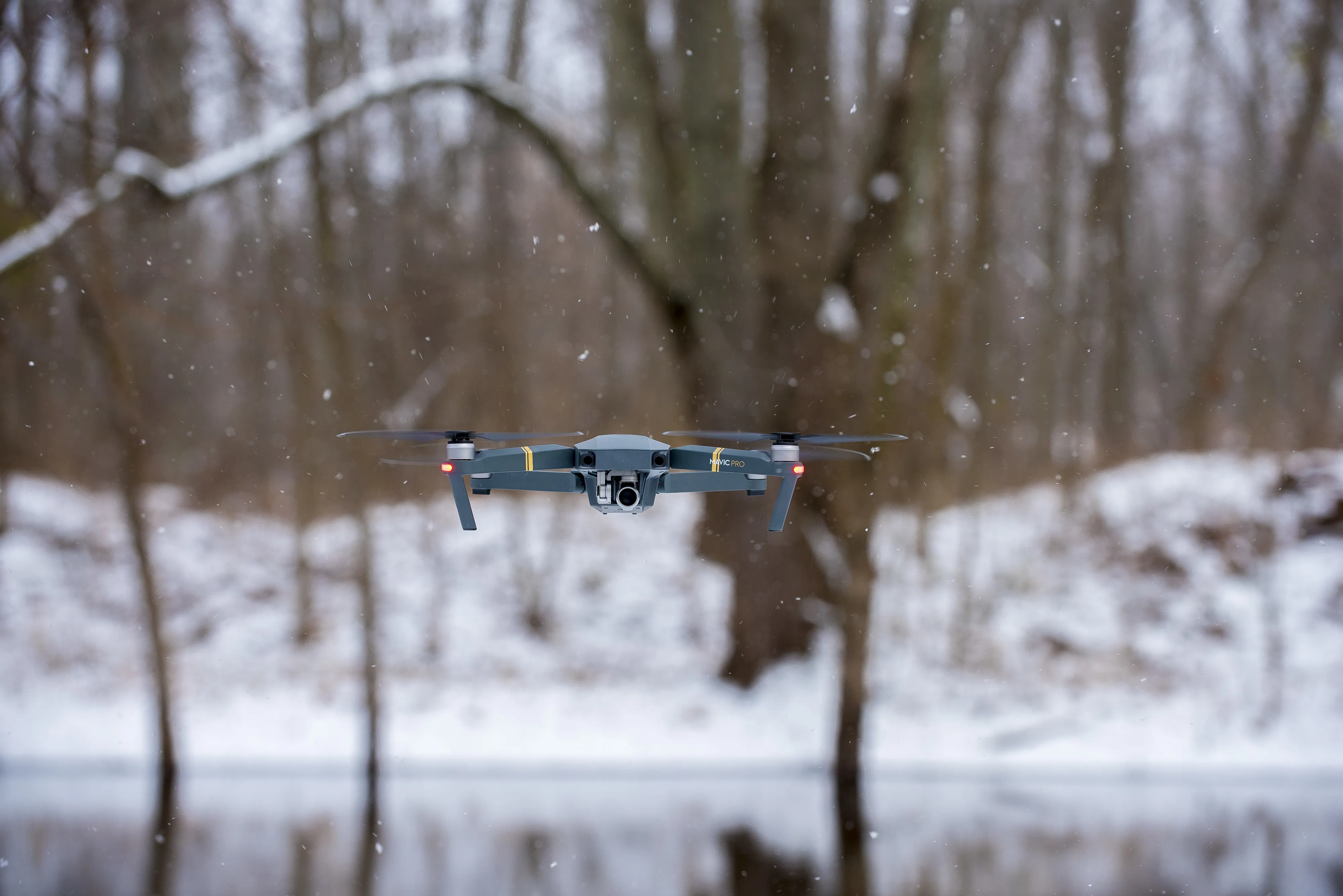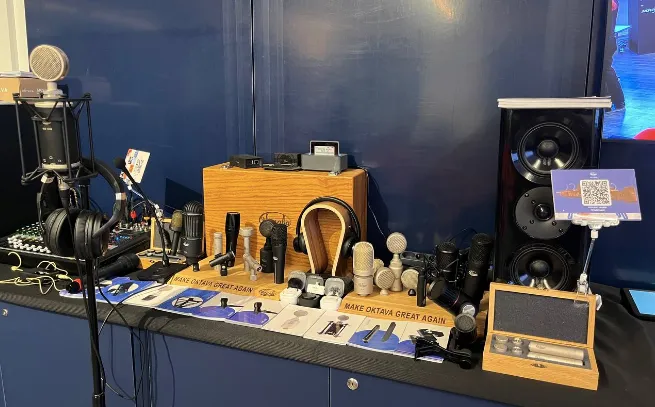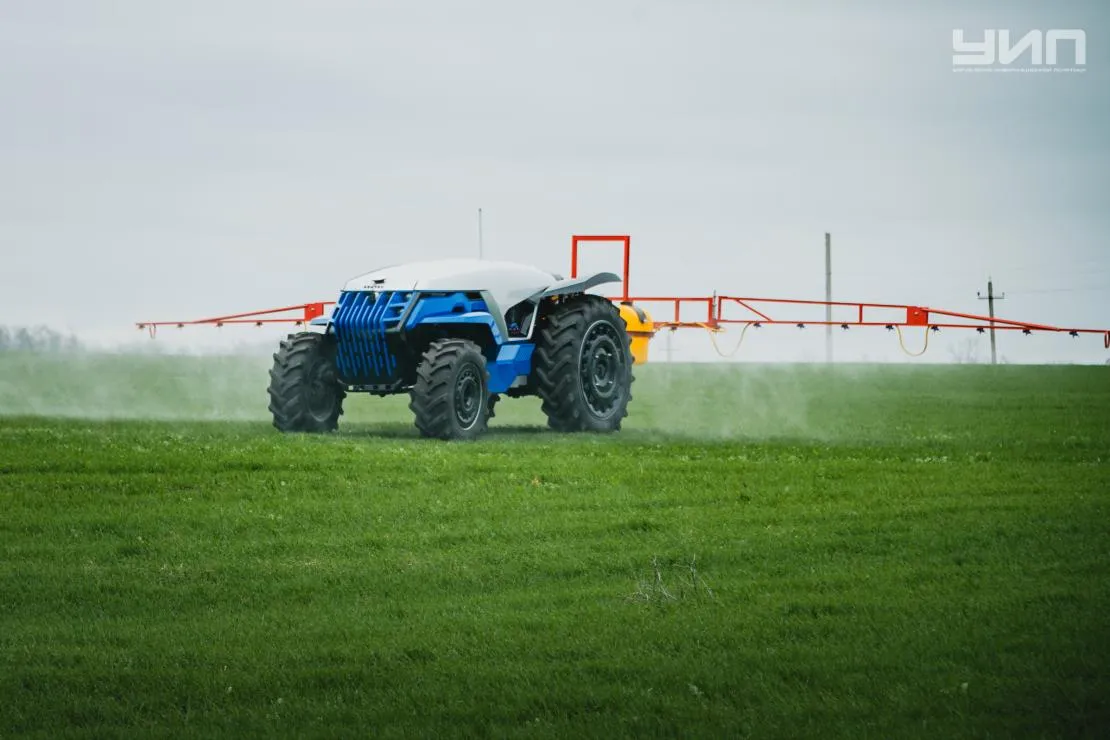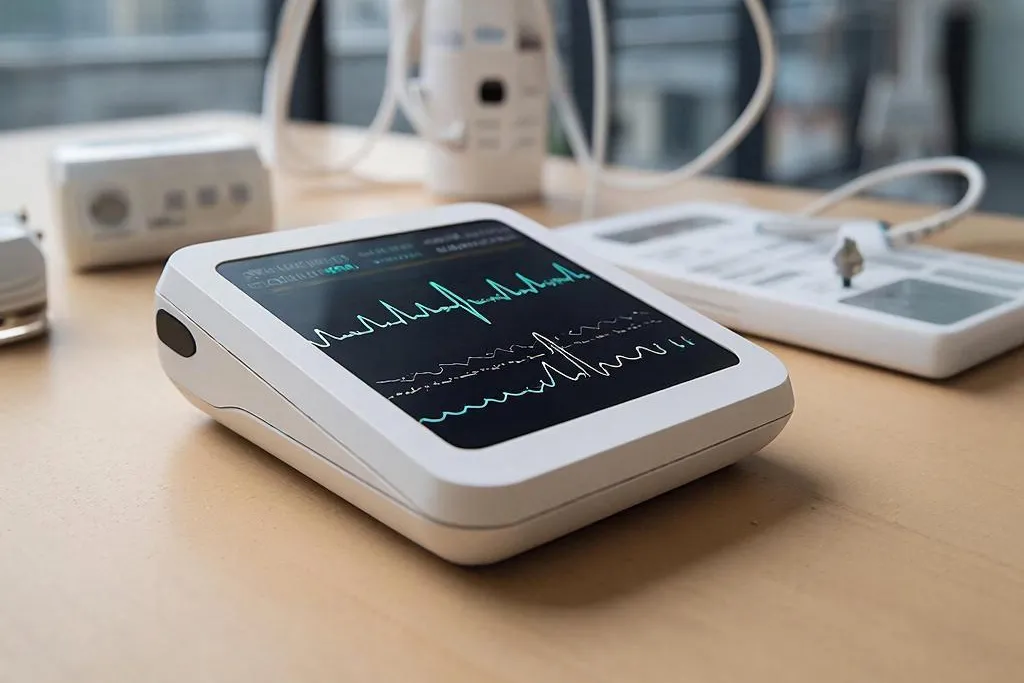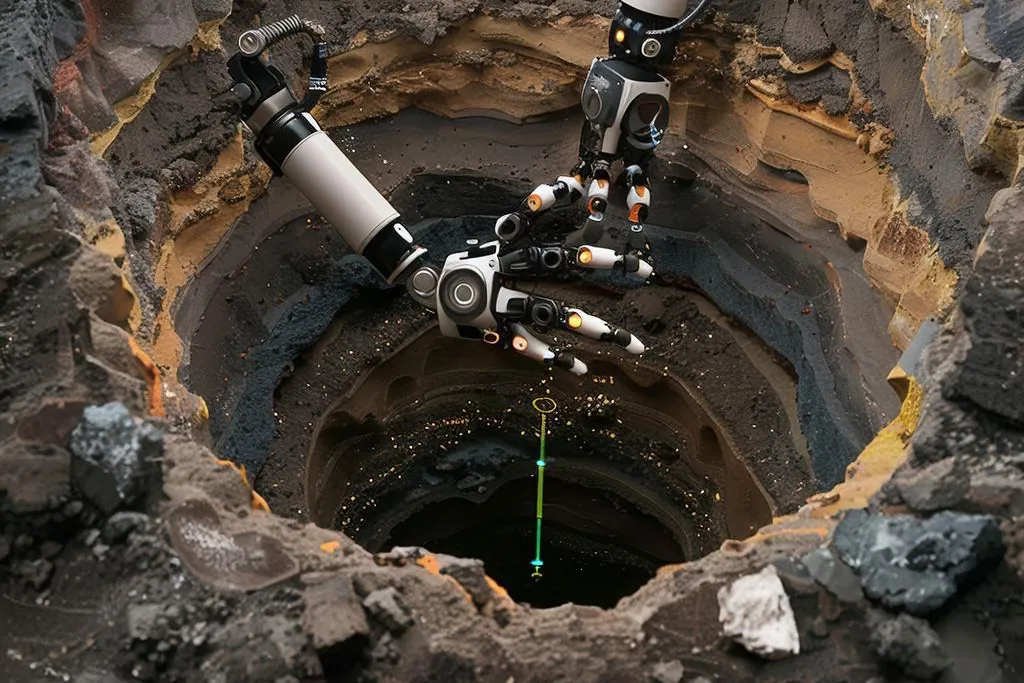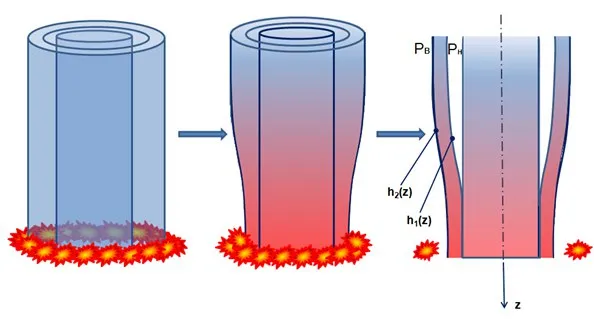Russia Develops Video Transmission Tech for Weak Internet Signals
Scientists in Perm have created an algorithm that streams stable video even over poor connections, cutting data usage by up to 45 percent compared to existing solutions.
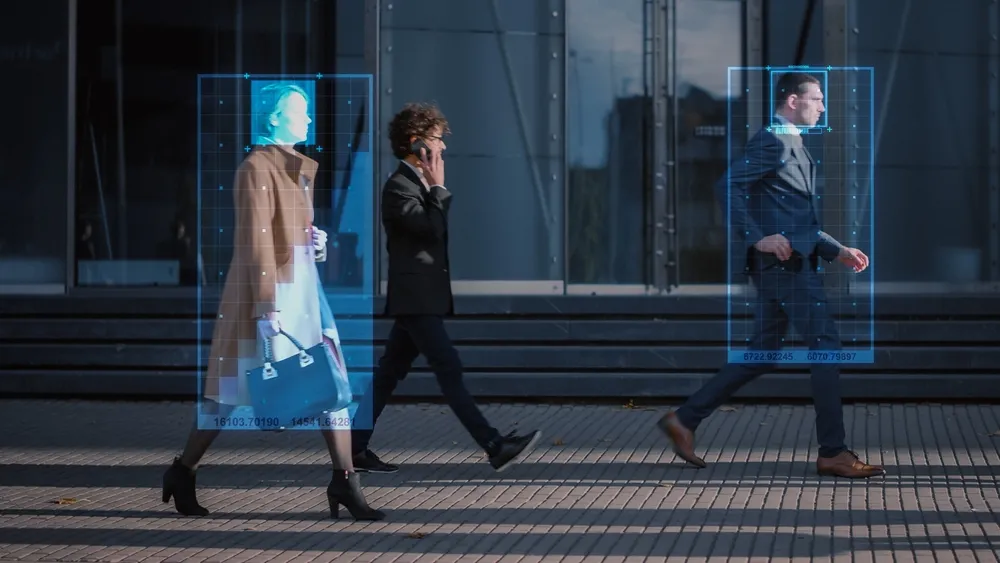
Researchers at Perm National Research Polytechnic University have developed a system that ensures smooth video transmission under weak cellular signals, opening new opportunities for autonomous robots, sensors, surveillance cameras, and other connected devices.
For years, unstable video streams limited the potential of machine vision. Traditional compression methods weren’t suited for low-power devices and demanded significant computing resources. At the heart of the new technology is a neural network that identifies key objects in the frame and prioritizes how data is transmitted.
The algorithm works in three stages: it pinpoints areas of interest, compresses data using the JPEG 2000 standard, and adapts the transmission based on current internet speed. This allows clear delivery of critical elements—such as license plates and faces—while discarding 80–90 percent of information deemed irrelevant for a given system.
The technology is expected to find applications in emergency services surveillance, geological exploration, agriculture, and other sectors where poor connectivity is common. Importantly, it requires no major investments or heavy computing power and can be easily integrated into software for a wide range of devices.


